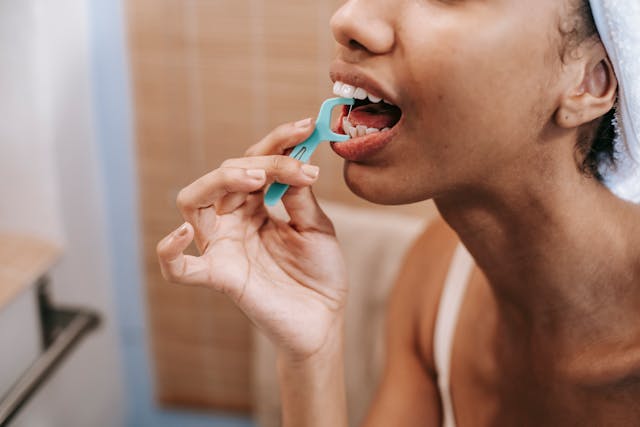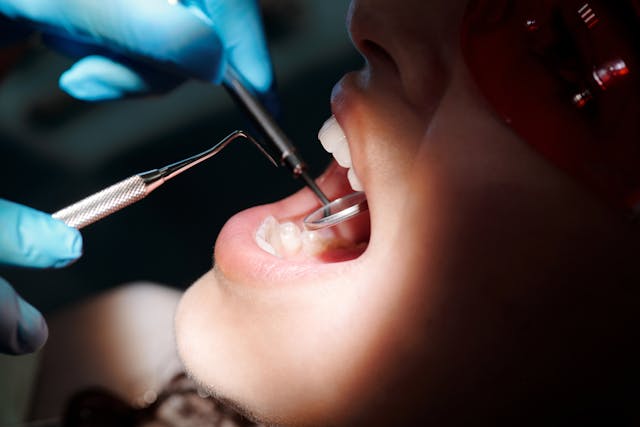Cavity-Free Kids: How to Reduce Sugar Intake Without Depriving Your Child
January 31st, 2025
We all know that sugar can be a major contributor to cavities, but that doesn’t mean we have to completely cut out the fun foods our kids love. Instead of focusing on what they can’t have, let’s explore creative ways to make healthier choices that still satisfy their cravings. By making small changes and offering tooth-friendly alternatives, you can help your child develop habits that protect their smile without feeling deprived. Here’s how you can reduce sugar intake while still keeping snack time exciting!
Swap Sugary Snacks for Healthier Options
When the candy jar or processed snacks are calling, it can be hard to resist. But there are plenty of tasty alternatives that are just as satisfying and much better for your child’s teeth! Swap sugary treats for healthier options like cheese, nuts, or fresh fruits. Not only do these options provide essential nutrients, but they also help strengthen teeth and keep gums healthy. You can even get creative with how you present these snacks—cut fruit into fun shapes or make a mini “snack platter” with a variety of tooth-friendly foods to make it feel like a treat!
Limit Sugary Beverages
We all know how tempting sugary drinks can be, but sodas, juice, and sweetened drinks are often packed with sugar that can cause cavities. A simple way to protect your child’s teeth is to limit these beverages and opt for water or milk, especially between meals. If your child loves juice, consider diluting it with water to cut down on the sugar content. By making water the go-to drink, you’re not only helping their teeth but also encouraging healthy hydration habits that will last a lifetime.
Set a Good Example
Kids are great imitators, so one of the best ways to encourage healthier eating habits is by setting a good example. If you’re cutting back on sugar, your child will notice and may be more likely to follow suit. Show them that healthy eating can be just as satisfying by choosing nutritious snacks and drinks yourself. Plus, you’ll both benefit from a reduced-sugar lifestyle—more energy, better health, and of course, fewer cavities!
Create a Snack Schedule
One of the easiest ways to reduce sugar intake is by establishing a snack schedule. Instead of allowing sugary snacks to be a constant temptation throughout the day, try offering them as an occasional part of meals. This helps prevent mindless snacking and ensures that treats remain special rather than a regular part of your child’s diet. By offering healthier options in between, you’re teaching your child balance and moderation, which is key for maintaining a cavity-free smile.
Make Healthy Snacks Fun
Let’s face it: kids are more likely to eat healthy snacks if they look exciting! Get creative with how you present healthy foods—use cookie cutters to make fun shapes out of fruits, veggies, or even cheese. You can also try making homemade dips like hummus or yogurt that are perfect for dipping tooth-friendly snacks. By making healthy snacks fun and visually appealing, you’ll encourage your child to enjoy them more, making it easier to stick to healthier habits.
Reducing sugar intake doesn’t mean saying goodbye to all the snacks your child loves. It’s about making small, thoughtful changes that still allow them to enjoy their food while protecting their smile. By swapping sugary snacks for healthier options, limiting sugary beverages, setting a good example, and making healthy snacks fun, you’re helping your child develop positive eating habits that will last a lifetime. With a little creativity and balance, you can keep their teeth cavity-free and their taste buds happy!





